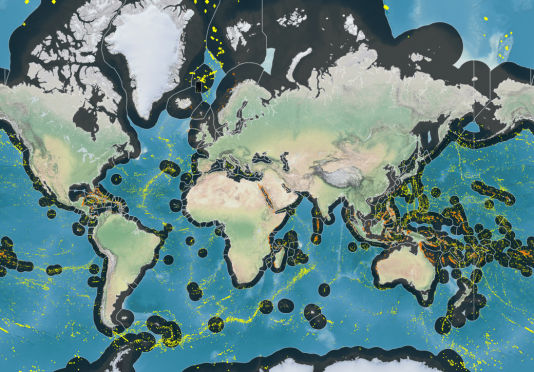An Aberdeen university professor who searched the ocean depths for life-saving bacteria has created a guide for the United Nations which explains how underwater biological resources can be used to develop antibiotics.
Professor Marcel Jaspers now has a key role advising a UN committee working towards a common set of rules for the use of deep sea materials – such as minerals, plants or animals – that can be used for drug development.
As part of the project, he worked with experts from the Royal Society to create a map of the world’s oceans, which gives an overview of current knowledge regarding the locations and potential uses of key areas rich in vital resources.
Professor Jaspers was formerly a project leader at the Aberdeen University project PharmaSea, which explored deep seas to uncover new bacteria used in antibiotics.
He said: “The launch of the interactive map at the UN was well received, and gave us the opportunity to discuss how we could enable access to marine biodiversity in areas beyond national jurisdiction for research and development purposes.
“Looking ahead, the map provides a way for scientists and policy makers to explore the potential benefits that may arise from the sustainable use of marine biodiversity, for example the development of new medicines.
“It will be an important resource for the delegates to this UN process to draw upon in their discussions.”
To view the map, visit www.royalsociety.org/topics-policy/projects/future-ocean-resources/
